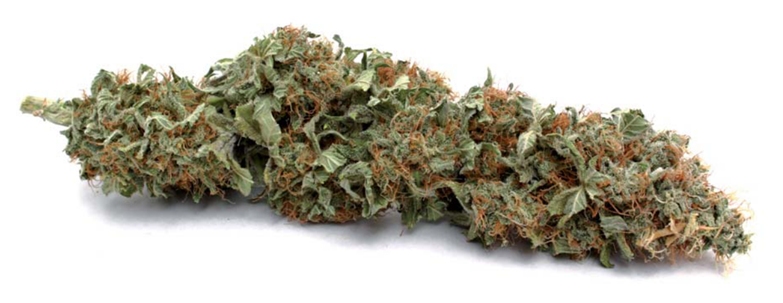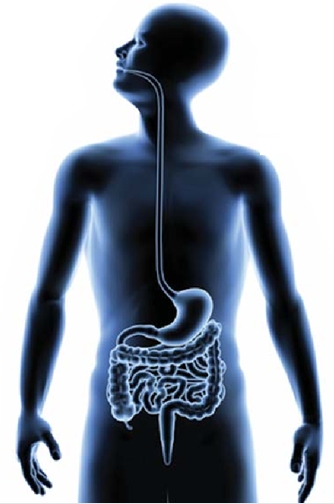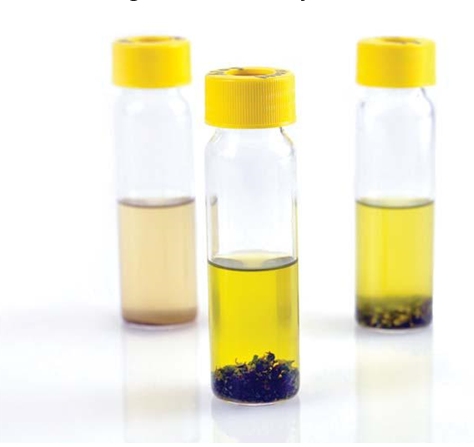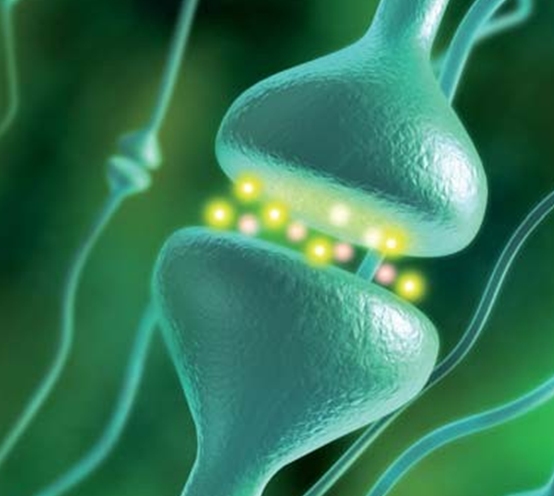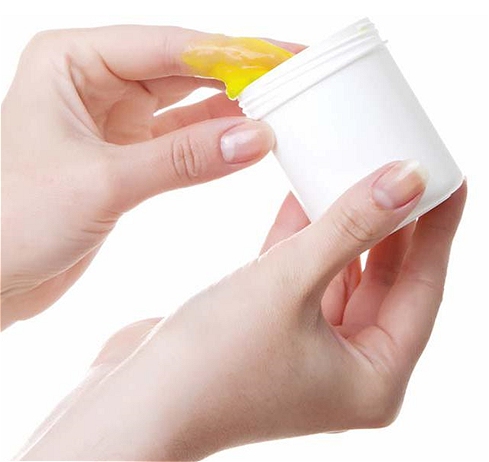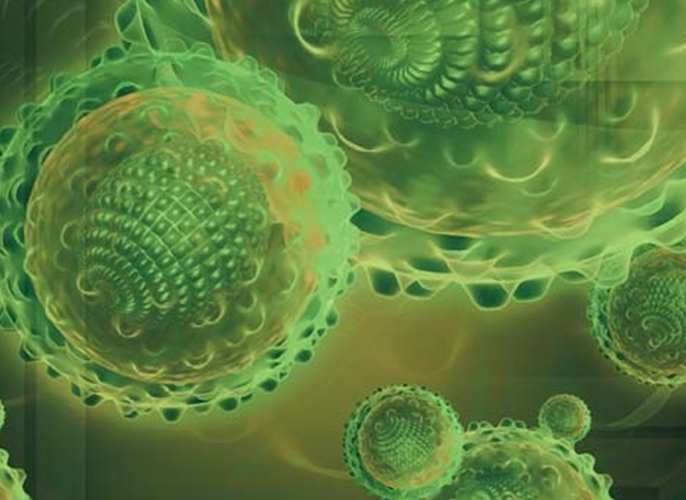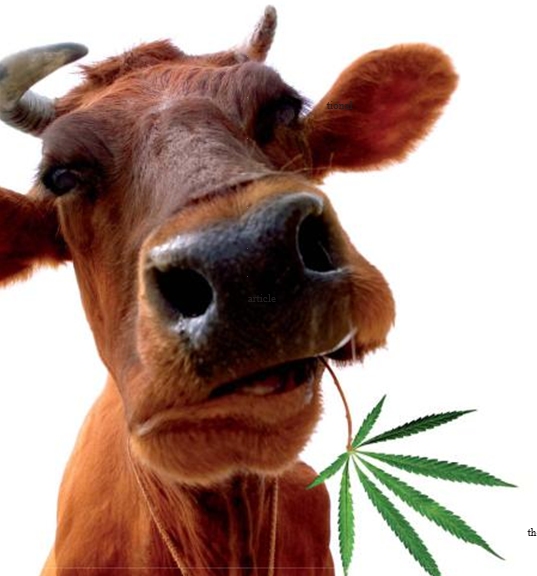
Cornerstone of Individualized Phytogenetics ACDC 22:1 @ CB3
Alternative Cannabinoid Dietary Cannabis
22%CBDA:1%THCA acting at GPR55 Alias CB3
by William L. Courtney, MD, AACM American Academy of Cannabinoid Medicine – Article first appeared in TY Magazine Issue 28, 2011
For over a decade Guanine Nucleotide-Binding Protein-Coupled Receptor 55 / GPR55 has been fondly known as the ‘Orphan’ receptor.
While it was known that LysoPhosphatidylInositol /LPI binds at this pro-inflammatory site, it was the discovery that the phyto-cannabinoid acids are also potent ligands at GPR55 that argues that we now rename the ‘Orphan’ receptor, the Third Cannabinoid Binding receptor or CB3.
Raphael Mechoulam’s 80th birthday celebration was held at the Israeli Institute for Advanced Studies in Jerusalem this last November.
At the conference Cannabinoids In Biology and Medicine, Dr. Ruth Ross of Aberdeen Scotland gave, from my perspective, one of the most seminal presentations of the last decade. Thinking outside of the box, Dr. Ross tested CBDAcid and CBGAcid to see if they might be the missing exogenous ligands of GPR55. She reported that CBDA and CBGA are 2-4 fold more effective antagonists than CBD which is patented as an anti-inflammatory, a copy of which is available at CannabisInternational.org.
Despite my 6 year long fascination with CBD, a fascina-tion that bordered on an obsession, it was my patients continued reporting of their strong response to the dietary use of raw cannabis bud and leaf, that kept push-ing me to understand the relationship between CBD and CBDA. Despite the massive amount of research on CBD there has been very little on CBDA, a delicate molecule with a poor shelf life i.e. minimal market value or finan-cial upside, the promise of which determines the invest-ment of research dollars. With Dr. Ross’s research, the gauntlet has now been thrown and the synthetic chemists are now focused on that carboxyl moiety.
My interest in unheated cannabis began in 2006 and initially focused on dried leaf. In June 2007 I switched from dry leaf to juiced fresh leaf to preserve the terpenes that act as allosteric modulators of cannabinoid receptors, antibiotics, anti-inflammatories and in numerous other physiologic and pathophysiologic modalities .
Raw mature bud was added to the fresh leaf in October of 2009 following the International Cannabis as Medicine conference in Koln Germany. Kristen Peskuski, my partner in Cannabis International.org, was asked to present on the patient panel. After her presentation we were given an article and foreign patent issued in the US Oct 5, 2010. This US Patent on MEDICINAL ACIDIC CANNABINOIDS 7,807,711, can be found on the patent atCannabisInternational.org. The article behind patent noted that the concentration of THCA to THC was 14,500µg THCA/ml : 90 µg THC/ml. Since the typical dose of THC is 10mg or 10,000 µg, clearly the 90 µg/ml found in unheated flower / bud would be insufficient to be psychoactive.
Despite marked trepidation, consumption proved that raw flower was in fact non-psychoactive. The immature flower was almost palatable but as it matured the acidic content dramatically increased. The fully mature flower was quite caustic on the back of the throat. There is a strong urge to wash the masticated flower down with the closest available liquid. The critically point worth reiter-ating is that raw cannabis / THCA is not psychoactive, even at doses 60 to 100 times greater than the tradition-al psychoactive dose!
Once it was confirmed that fully mature bud was not psychoactive it cleared the way for a dramatic increase of dosing. For the last 10,000 years the use of heat to chem-ically modify non-psychoactive THCA into THC, inadvertently resulted in the voluntary reduction of dose from 1,000mg to 10 mg! By 20 mg THC euphoria is replaced dysphoria, ataxia, slurring. If the THC dose is accidentally increased to 30mg, dysphoria is replaced by psych-toxicity and one becomes ‘unable or unwilling to assume the erect position’.
It is this dramatic increase in dose from 10 mg of psychoactive THC to the 500-1,000 mg of non-psychoactive THCA / CBDA / CBGA ….. that comprises the primary difference between traditional ‘Medical Marijuana’ and Alternative Cannabinoid Dietary Cannabis.
As noted repeatedly in US patent 6,630,507, it is the absence of psychoactivity that allows the increases dose required for the cannabinoid acids to act as an anti-oxidant, neuroprotectant and anti-inflammatory. It is this increase in dose from 10 mg of psychoactive THC to the 500-1,000 mg of non-psychoactive THCA / CBDA / CBGA ….. that comprises the primary difference between traditional ‘Medical Marijuana’ and Alternative Cannabinoid Dietary Cannabis.
Curiously it is the US Department of Health and Human Services patent, 6,630,507 issued in 2003, that teaches the ‘Effective human dosage schedule’ for non-psychoactive use. This dosage schedule comports with numerous other research articles and issued patents, see CannabisInternational.org. the cover of Treating Yourself, Issue 24 was an article I had written entitled, Cannabis as a Functional Food and an article about the Cannatonic by Resin Seeds.
When that article was written I was unaware of Cannatonic, but a patient who knew of my interest in high CBD plants brought the strain to my attention. I went to Barcelona to meet the principal of Resin Seeds. Over the summer of 2010 I had described to thousands of patients that femi-nized seeds were similar to a clone. The use of stress, either light or chemical, to lean upon cannabis’ inherent ability to forego it’s dioecious preference is well known. The hermaphorditic that results in the of pollen by the female plant can occur spontaneously as well as in response to stress. Regardless the cause, this conversion of dioecious to monoe-cious, subserves the annu-al plant’s drive to producethe seed required to survive the win-ter.
With no new DNA introduced through this process it was assumed that the feminized seed would be very similar to the plant profile. Recently I was told that 1 in 4 grown for feminized Cannatonic seeds would express an increased CBD chemotype. You know what they say about assumptions.

34 million years of evolution lead to this dominant pres-entation of cannabinoid acids. Sadly our headlong pur-suit of THC has resulted in the near extinction of the vast majority of the cannabinoids. In 2009 ElSohly in Biologically Active Cannabinoids from High-Potency Cannabis sativa reports discovering another 9 cannabi-noids. Why did it take 30 years to find them? Because we had effectively eliminated them from the plant! Turns out that these vestigial cannabinoids provide very important antibiotic support against the intracellular pathogens that would take opportunistic advantage of the animal that was consuming cannabis on a dietary
basis. Dietary use provides remarkable antioxidant ben-efits, but one of the side effects of cannabis that I include in every medical evaluation I conduct, is the warning that regular use of cannabis requires attention to Legionairres, Leishmaniasis and TB. The white blood cells of the immune system intentionally secrete super-oxides in their effort to destroy the tissue harboring the intracellular pathogens. CBD / CBDA neutralizes those superoxides thereby hampering the immune system. Because we have driven these cannabinoids out of the plant they no longer provide potent antimicrobial pro-tection from these intracellular pathogens.
There are several reasons why I chose the strain name, Alternative Cannabinoid Dietary Cannabis / ACDC CBDA:THCA. ACDC 22:1 for example identifies the amount of CBDA first, then THCA second, contrary to every other nomenclature which begins with the amount of THC. In part this forces individuals to begin the ardu-ous task of realizing that in the non-psychoactive realm, THCA is but one of many cannabinoid acids. Quite possibly THCA is less significant than the other 79 (and counting) cannabinoids. ACDC is also a nod to the AK47 / Train Wreck crowd, in that if you heat an ACDC strain you will decarboxylate the THCA, that is you will generate THC euphoria. Yes, if you make a baked good and eat one to many you will create a state of dyspho-ria. True to the Dr. Jekyll / Mr. Hyde analogy, if you eat 5 or 6 brownies made for an ACDC strain you will become psychotoxic. Finally with any heated applica-tion your dose of CBDA will go to near zero and the amount of CBD will be physiologically negligible as an antioxidant. That is THC will limit your dose of CBD to 1-20mg which is 599-580mg short of the target dose, 600mg. If you happened to be using ACDC 22:1, because of the dearth of THCA you would have a signif-icant amount of decarboxylated CBDA that is you would have a significant amount of CBD which is 2-4 fold less effective at antagonizing the pro-inflammatory CB3 / GPR55. All told, heat devastates cannabis as a dietary essential but you do get some CB1 receptor stim-ulation in the Faustian Bargin.

CBDA is the first Alternative Cannabinoid ACDC will eventually include an acronym soup of known and unknown cannabinoid and cannabinoid-like substances. The journey of Dietary Cannabis is not one of 10,000 miles but one of 10,000 years.
As we begin this journey of 10,000 years our curiosity grows as we try to imagine what this plant looked like before 10,000 years of selective hybridization. Over the last 10,000 years we have created a plant in which 95% of the cannabinoid content is dominated by a single cannabinoid, THCA. The other 79 known cannabinoids are left to divvy up the remaining 5 % of cannabinoid content. Hopefully cannabis can help heal itself and thereby restore a more balanced profile of cannabinoids.
As cannabis heals, we heal. As we disseminate the incontrovertible science that describes the interface between the Endogenous Cannabinoid System and the Phytocannabinoids found in cannabis, Treaty One will be amended to remove cannabis freeing it up for access as a raw leafy green vegetable that is ideally suited to prevent illness. Used as the dietary essential that it is, there is no need to call it a medicine. For those of us who embrace the FDA dose of CBD at 600 mg/day in divided doses, we are forced to grow the plant ourselves because in the 10 mg market, the price of a glass of juice with 600 mg is staggering! Many of my patients in Mendocino and Humboldt are refining the succession grow in which one plant, either seed and or clone of cannabis, is started every day or two. Every day one plant becomes fully mature and it’s leaves and flowers / buds are juiced, diluted and taken in 5 divided doses across the day because of the rapid clearance.
With the advent of testing facilities, tremendous progress has been made in the last year. It is important to keep the plant alive if you plan to analyze for cannabinoids, terpenes or other constituents.
The ACDC series ready for analysis:

Several interesting things arise from this data gathered on a Shimadzu LC-20XR Ultra-Fast Liquid Chromatograph equipped with a SPD-M20A Photodiode Array Detector.
- Rather than CBDA being 6.9% ± 2%, its chemotype range was from 0.08% to 22.0% w/w.
- Rather than THCA being 6.2% ± 2% its range was from 1.12% to 30.08% w/w
- Rather than significant CBDA being found in 1 out of 4 plants, CBDA in excess of 12% w/w was found in 50%. Curiously the other 50% had less than 1%w/w CBDA.
- Rather than varying inversely, CBDA and THCA expression followed divergent genetic mechanisms.
CBDA expression was discontinuous with 50% having a dramatic amount of CBDA while 50% had <1%, while THCA expression was a continuous incremental increase.
CBDA Progression: Discontinuous
0.08|0.09|0.10|0.10|0.10|0.13|0.17|0.61ñ12.1|12.6|13.2|14.5|15.3|16.4|16.5|16.5|22.0
THCA progression: Continuous
1.12|4.76|5.37|5.65|6.34|7.07|7.72|8.40|9.29|13.9|16.8|17.3|23.1|26.6|26.7|28.9|30.1
‘Now them’s some genes’, okay back to the drawing board.
As seen on the right there is quite a range of phenotypes and on the pre-vious page quite a range of chemo-types across 17 plants. The nearly pure CBDA and THCA are the com-pounding stocks for the identification of the plant whose genetics match the unique bioavailability, physiology and pathophysiology of a person. ACDC 22:1 can be combined in vary-ing ratios with ACDC 1:30.
To accelerate the process one can consult a chart such as is found in Column 10 Table II of Patent 6,946,150 available for review at CannabisInternational.org.
The THC:CBD ratios found on that table can be used as a starting point. Then through trial and error incre-mental changes in the ratio are test-ed to allow one to adjust the Phytocannabinoids to one’s individ-ual GI, First Pass liver metabolic func-tion, concurrent Rx and states of clin-ical, subclinical and genetically pre-disposed medical conditions. Cannabis is an incredibly complex, synergistic plant whose constituents have yet to be completely catalogued yet alone understood. Until that time, which will not be any time soon, it is the individual who can best identify the specific plant phytoge-netics / chemotype most suited to assist them in the preservation and restoration of their health.
Once the ideal cannabinoid profile has been identified, then that ratio is tried in a number of plants i.e. indica, sativa, ruderalis as a beginning point in assessing the contribution of vari-ous terpenoid profiles.
As we recognize that cannabis is a dietary essential for 7 billion people, we can employ the CO2 fixation capacity of billions of acres of cannabis to heal the earth while it provides the individual with the finest dietary support for our small and shrinking planet.
William Courtney MD can be reached at drcourtney@cannabisinternational.org

